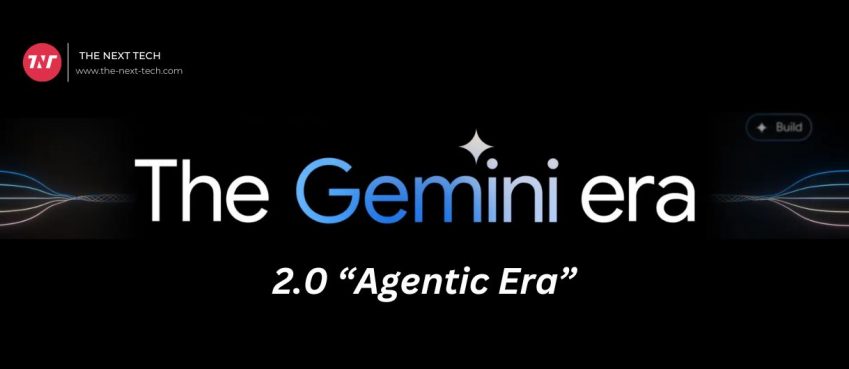
Robots have become inseparable from industries like manufacturing and logistics. Automation is becoming more common and those who don’t automate may fall behind their competitors. Robots as a service (RaaS) aims to democratize automation, helping these smaller businesses experience all the benefits of robotics while avoiding its drawbacks.
The cloud robotics industry, which includes RaaS, was worth $3.3 billion in 2019 and could grow to $157.8 billion by 2030. This would represent almost a third the entire robotics industry’s total value. Let’s take a closer look at robotics as a service, and the reasons it’s growing in popularity.
What Is RaaS?
Robots as services follows the same model as software as service (SaaS), but applies it to robotics. Customers wouldn’t purchase robotic systems to use for their entire lives. Instead, customers rent robots and their capabilities via a subscription service that is cloud-based.
RaaS is more than just equipment leasing. This cloud service, which allows companies to access these robots, provides programming tools and data reporting. This service allows renters to program robots to work within a specific environment and have access to as many or few capabilities as they require.
Security, hospitality, delivery and medical care are the most common use cases for RaaS. As these services expand and companies recognize their benefits, RaaS will be more widely used in other industries. These are just a few of the many benefits.
Also read: The Five Best Free Cattle Record Keeping Apps & Software For Farmers/Ranchers/Cattle Owners
Lower Costs
Robots can be a cost-saving tool. Automation has been a costly service, which is a major obstacle to wider adoption. In a 2018 survey, 53% of business leaders cited the costs as one of their top five challenges with robotics, more than any other factor.
RaaS allows customers to purchase robots in installments, which lowers the initial cost of implementation. Since these robots are flexible by design, companies also don’t have to spend as much on training them to fit in a specific work environment. The ease of use reduces associated expenses and minimizes disruptions to workflow.
Renters aren’t responsible for ongoing maintenance costs when using a RaaS model. Maintenance tasks fall to the vendor, not the user, which keeps renters’ expenses to a minimum.
Reduced Infrastructure Needs
RaaS removes another barrier that prevents robotics adoption: the need to have a large compatible infrastructure. Companies must have the infrastructure and computing power to support traditional robots. These requirements are not met by RaaS ‘bots because they operate in the cloud.
RaaS customers don’t need to supply extensive on-site computing infrastructure because the vendor handles those needs through the cloud. Smaller companies that have fewer resources on the ground can still use high-end robotics. This barrier can be removed to reduce costs and speed up the implementation.
The nature of RaaS requires vendors to supply robots that are more flexible than standard solutions. These machines require less hardware to be implemented into a task, which further reduces infrastructure requirements.
Also read: Chromecast vs Firestick: Which Is The Better Streaming Device? (A Complete Guide)
Increased Scalability
RaaS makes robotics more scalable than ever before, which is a problem that has been hindered by robots. Traditional automation is limited in its ability to scale due to high upfront costs, disruptions during implementation, and the risk of asset deterioration or obsolescence. RaaS is a lower-cost and more flexible option that eliminates all these concerns.
Automating large numbers of tasks can be done by companies today, opening the door to large-scale robotics implementation. There are hundreds of robot models with varying capabilities that industrial facilities can employ. RaaS allows for scaling up to this level via the ease of using the cloud.
RaaS cloud services would reveal where companies could automate further and which machines could do the job. The lower initial costs and faster implementation process minimize disruptions as they scale up. Renters can also scale back without interruption if they return the machines to the vendor.
Improved Accessibility of Newer Robots
Robotics is an industry that is rapidly developing. Old machines could become obsolete. Organisations that own their robots would need to find a place to sell them, most likely at a substantial loss, before purchasing expensive new ones. RaaS makes it easier to upgrade.
RaaS customers have the option to exchange their older machines for newer models from the same vendor as they become available. It is possible to upgrade your robot for a lower fee than purchasing a new one. Sometimes, companies might even be able download new capabilities to their current machines via the cloud.
Businesses can enjoy the benefits of high-end robotics without having to upgrade or incur the costs associated with it. Companies with smaller budgets will not be concerned about obsolescence and can continue to lead robotics.
Also read: 30 Best Money Making Websites, Top Rated Money Earning Websites (No Cash Deposit!)
Lower Expertise Barrier for Entry
The technical knowledge required to program and execute robotics is another obstacle to their adoption. In 2017, 35% of supply chain executives said their largest barrier to robotics adoption was not knowing where or how to start. RaaS is a simpler way to implement robots than traditional ownership models.
RaaS transfers the burden of expertise to vendors, in the same way as infrastructure. Cloud services that companies use to control their robots provide the tools needed to program and control them. This makes it easy for workers of all levels to understand the programming process.
RaaS ‘bots are flexible and can be integrated into any workflow. Robots can be implemented by any company, regardless of their prior experience in robotics.
Robots as a Service May Be the Future of Robotics
RaaS makes automation a more affordable, accessible, and flexible endeavor. As a result, more companies will be able to experience the benefits of robotics, staying competitive in modern markets. As more businesses grow to understand its advantages, RaaS could become the norm, just as SaaS has for software.
Top 10 News
-
01
10 Exciting iPhone 16 Features You Can Try Right Now
Tuesday November 19, 2024
-
02
10 Best Anatomy Apps For Physiologist Beginners
Tuesday November 12, 2024
-
03
Top 10 Websites And Apps Like Thumbtack
Tuesday November 5, 2024
-
04
Top 10 Sites Like Omegle That Offer Random Video Chat
Monday October 21, 2024
-
05
Entrepreneurial Ideas To Make 5K In A Month (10 Realistic Wa...
Monday October 7, 2024
-
06
[10 Best] Cash Advance Apps Like Moneylion And Dave (No Cred...
Friday September 20, 2024
-
07
Top 10 Richest Person In The World
Tuesday August 27, 2024
-
08
Top 10 Unicorn Startups In The World (2024-25)
Monday August 26, 2024
-
09
Top 10 IT Companies In The World By Market Cap
Thursday August 22, 2024
-
10
[10 New] Best OnionPlay Alternatives To Stream TV Shows And ...
Tuesday June 11, 2024







